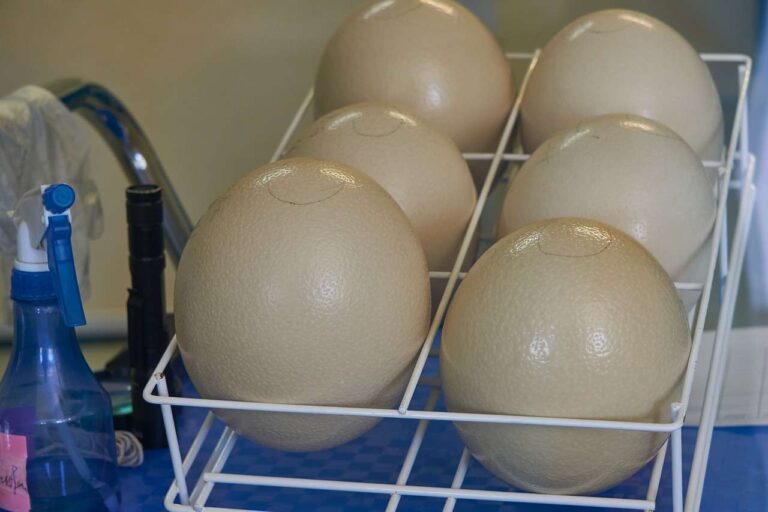There is a common practice in the industry poultry which consists of slaughtering newly hatched male chicks. These are not considered useful, since they do not lay eggs and their meat is not productive: they take a long time to reach the weight and size necessary for consumption. Thanks to technological and scientific advances, it is foreseen that, in the near future, this practice will be unnecessary and obsolete all over the world.
In-ovo sexing
For a couple of decades now, a technology called in-ovo sexingwhich determines the sex of the chick while it is still an embryo, developing inside the egg.
European countries are at the forefront of these processes. Although more effective and efficient techniques are currently under study, there are two methods that are being used at the market level:
- The optical method, which uses light to non-invasively determine the sex of the embryo. The German company Agri Advanced Technologies GmbH (AAT) created a machine called , which through hyperspectral imaging can analyze more than 20,000 eggs per hour to determine the sex of the future chick. It is a non-invasive procedure, so it is not necessary to open the egg shell.
- The liquid-based method, which classifies female and male embryos by analyzing hormone derivatives, DNA, proteins, among others, in the allantoic liquid taken through a hole in the egg shell.
Both methods are applied in the second third of incubation, so the AAT has developed an innovative method of anesthesia for chicken embryos to make the process more respectful.
Prohibition of slaughtering of male chicks
Germany was the first country in the world to ban the slaughter of male chicks. The regulation came into force on January 1, 2022. It was followed by France, whose law came into force in 2023, and Italy is expected to do the same by the end of 2026.
In ovo sexing is an example of how technology is an ally for the improvement of animal welfare and poultry production.



